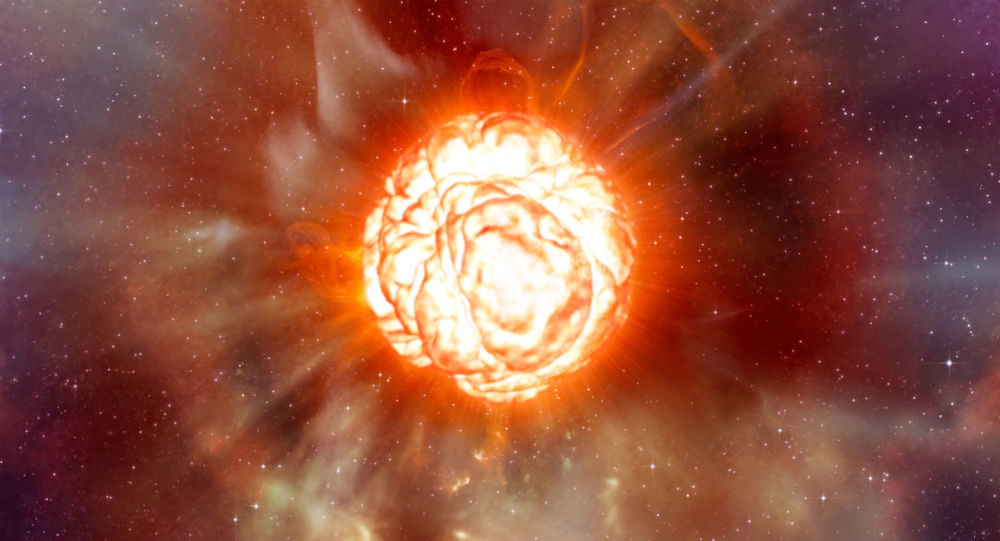Astronomers at the European South Observatory's Very Large Telescope (VLT) in Cerro Paranal, northwestern Chile have confirmed scientists' recent concerns that Betelgeuse, the Orion constellation red supergiant known for its varying visibility from Earth-based telescopes, is continuing to get dimmer and dimmer.
According to the latest observations, the star recently surpassed an apparent magnitude of 1.56 (where a value of 0.0 is 100% brightness relative to the reference star Vega) and is continuing to fade, with its brightness said to be "unprecedentedly" low following decades of observations.
Comparison images released by the Observatory show a major dimming taking place between January and December 2019, to the point where the star appears bent out of shape, from a bright, spherical orange ball with an orangish-brown halo to a lopsided egg-shaped oval, with the rest or the star shown with a much darker shade of orange.
According to Betelgeuse Status, a Twitter account providing regular tweets on the star's condition, the red supergiant is now at just 38 percent of its usual brightness.
Comment: According to the Electric Universe theory, there is no such thing as a "failed" star. They have no thermonuclear "engine" to fail. All bodies in the galaxy receive external electrical energy from the galactic circuit. Stars do not evolve. The notion of stellar evolution and the age of stars is an invention of the standard thermonuclear model of stars. The variable brightness is not a consequence of aging but a consequence of the changing electric field between the star and its surrounding space.
Normally the eleventh-brightest visible star in the night sky, and the second-brightest in the Orion constellation, Betelgeuse has become a source of concern for both astronomers and amateur stargazers alike amid speculation that it may be about to go boom (or rather, that it has already exploded centuries ago and the light confirming this will finally reach Earth in the coming months or years).
Late last year, astrophysicists calculated that if the star does commit suicide, Betelgeuse's demise will release more energy in the space of hours than throughout millions of years of its existence. However, in January, astronomers from Louisiana State University in Baton Rouge completed research concluding that Betelgeuse may have actually devoured a smaller stellar companion recently, rejuvenating the star and ensuring its survival for epochs to come.
In any event, fluctuations in the star's visibility are normal, as it's a semi-regular super giant which grows and shrinks amid wild variations in its internal temperature.




*To use astrophysicists' technical term.
R.C.